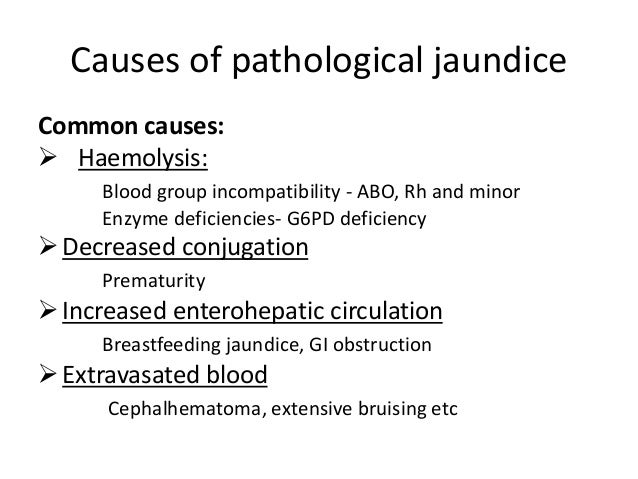

#Pathological jaundice skin#
Talk to your doctor if you’re concerned your baby is taking too little or too much formula, or if they won’t wake to feed at least 8 times per 24 hours.Ĭarefully monitor your baby the first five days of life for the symptoms of jaundice, such as yellowing of the skin and eyes. Preterm or smaller babies may take smaller amounts of formula, as will babies who are also receiving breast milk. If you’re not breastfeeding feeding your baby formula, give your baby 1 to 2 ounces of formula every 2 to 3 hours for the first week.Feeding your baby 8 to 12 times a day for the first several days ensures that your baby isn’t dehydrated, which helps bilirubin pass through their body more quickly. Make sure your baby is getting enough nutrition through breast milk.If your baby does have jaundice, there are ways you can prevent it from becoming more severe: During pregnancy, you can have your blood type tested.Īfter birth, your baby’s blood type will be tested, if necessary, to rule out the possibility of blood type incompatibility that can lead to newborn jaundice. There’s no real way to prevent newborn jaundice. The American Academy of Pediatrics (AAP) recommends that all newborn babies be examined for jaundice before discharge from the hospital and again when the baby is between 3 and 5 days old. Jaundice that persists longer than 3 weeks may be a symptom of an underlying condition.Īdditionally, high levels of bilirubin can put a baby at risk for deafness, cerebral palsy, or other forms of brain damage. In most cases, jaundice will disappear within 2 to 3 weeks. The good news is that in most cases, newborn jaundice goes away on its own as a baby’s liver develops and as the baby begins to feed, which helps bilirubin pass through the body. Prompt medical attention is necessary, and blood transfusions may be required. The most likely cause is blood incompatibility or liver disease. It occurs within 24 hours after birth, and is characterized by a rapid rise in a baby’s bilirubin level.

However, a newborn’s still-developing liver may not be mature enough to remove bilirubin. Pathologic jaundice is the most serious type of jaundice. In older babies and adults, the liver processes bilirubin, which then passes it through the intestinal tract. Newborn jaundice is very common and can occur when babies have a high level of bilirubin, a yellow pigment produced during normal breakdown of red blood cells. Newborn jaundice is a yellowing of a baby’s skin and eyes.


 0 kommentar(er)
0 kommentar(er)
